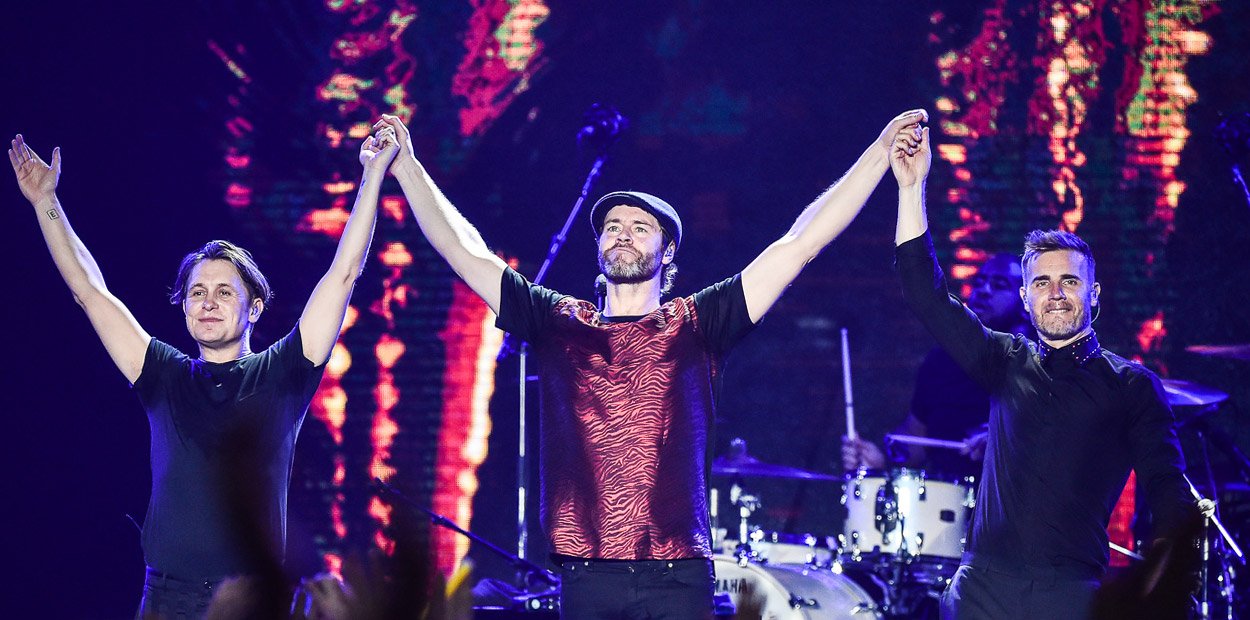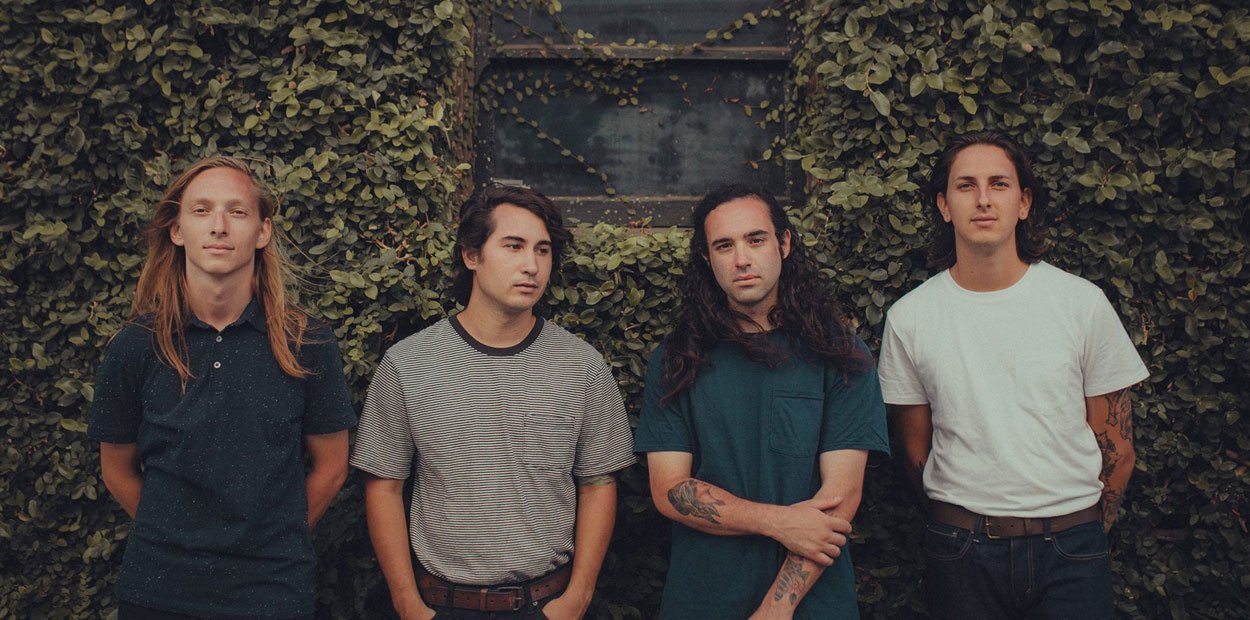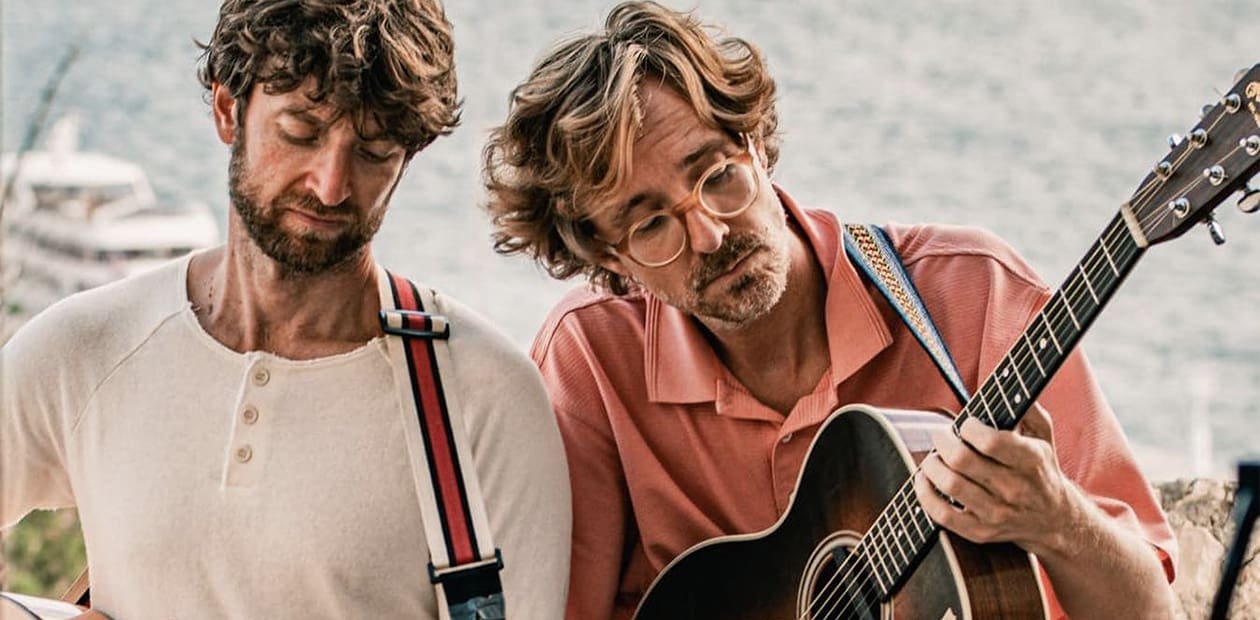Hip-hop’s Global History From Roots Until Branches
I. The Block Party Beat: Where Hip-hop Began
Imagine: A sweltering Bronx summer. Funk crackles from booming speakers, needle scratches paint rhythmic streaks on vinyl, and young bodies break into gravity-defying spins. This, my friends, is 1973, the birthplace of a cultural earthquake, a pulsating heartbeat of rhyme, rhythm, and rebellion: hip-hop.
It wasn’t just music but a “booming” movement born from the concrete jungle. DJs like Kool Herc, the “father of hip-hop,” were sonic sorcerers, spinning records into tapestries of funk and disco, extending breaks with the legendary Merry-Go-Round technique. Grandmaster Flash, the “innovator,” transformed scratching from accidental noise to rhythmic language, carving grooves with nimble fingers on the turntables.
MCs like Coke La Rock and Grandmaster Caz emerged as the poets of the pavement. Their verses weren’t mere rhymes but stories woven from everyday life’s fabric, capturing marginalized communities’ struggles, triumphs, and streetwise wisdom. These lyrical narratives, amplified by booming speakers, echoed through block parties and basement jams, becoming anthems for a generation seeking its voice.

A typical block party in the 70’s
Breakdancing, fueled by the infectious beats, defied gravity and social norms. B-boys and b-girls like Afrika Bambaataa and the Rock Steady Crew spun, froze, and popped, transforming concrete squares into canvases for human acrobatics. Graffiti, the vibrant hieroglyphics of the unheard, adorned walls with colorful murals, transforming urban landscapes into artistic expressions.
These four elements – DJing, MCing, breakdancing, and graffiti – intertwined like DNA strands, birthing the essence of hip-hop. It wasn’t entertainment for the privileged; it was the soundtrack of survival, the battle cry of a generation demanding to be heard, seen, and respected.
II. Hip-Hop’s Golden Age: Rhymes Rise & Royalty Rules
By the late 80s and early 90s, hip-hop had entered its Golden Age, a crown adorned with jewels like Run-DMC and Public Enemy. With their Adidas shell toes and electric guitars, Run-DMC injected rock & roll swagger into hip-hop, electrifying crowds with anthems like “Rock Box” and “Raising Hell.” Public Enemy, led by Chuck D and Flavor Flav, became the prophets of the streets, their beats pulsating with rage and their lyrics tackling racial injustice and police brutality with scathing precision.

N.W.A.
Across the nation, hip-hop royalty emerged. The Sugarhill Gang’s “Rapper’s Delight” crossed over to mainstream barriers, proving hip-hop was a cultural explosion and not just a regional blip on the radar. West Coast pioneers like N.W.A and Tupac Shakur painted gritty portraits of inner-city life, their verses mirroring the harsh realities of poverty, gang violence, and systemic oppression. Meanwhile, East Coast giants like Biggie Smalls and The Notorious B.I.G. spun lyrical tapestries of hustles, rivalries, and street life, their smooth flows and intricate wordplay making them lyrical gladiators.
III. The Nineties and Beyond: A Hip-Hop Odyssey
The 90s and early 2000s were a golden era for hip-hop, with diverse movements and artists pushing the boundaries of the genre. East Coast and West Coast rap rivalry electrified the scene, with titans like Mobb Deep, Nas, The Notorious B.I.G., and Tupac Shakur crafting gritty tales of street life and social struggles. Boom bap, a jazzy, sample-heavy sound, flourished with artists like A Tribe Called Quest, De La Soul, and Pete Rock & CL Smooth, weaving intricate rhymes over soulful beats. New York also produced a well-known hip-hop group called the Wu-Tang Clan, a collective of rising MCs such as Method Man, Ghostface Killah, Raekwon, and GZA and spearheaded by MC/producer The RZA, who also has involvement with horrorcore group Gravediggaz.

Wu-Tang Clan
Meanwhile, the West Coast embraced a g-funk sound pioneered by Dr. Dre, Snoop Dogg, and Warren G., their smooth flows and laid-back beats painting a picture of California sunshine and gang culture. Outkast emerged from Atlanta with a funky, eclectic sound that defied categorization. At the same time, Houston rap, with its chopped-and-screwed beats and lyrical braggadocio, rose to prominence with DJ Screw, Lil Wayne, and Chamillionaire.
Jazz found a new home in hip-hop through the Soulquarians, a collective led by Erykah Badu, Common, The Roots, and J Dilla, whose soulful productions and introspective lyrics offered a refreshing contrast to the gangster-dominated landscape.
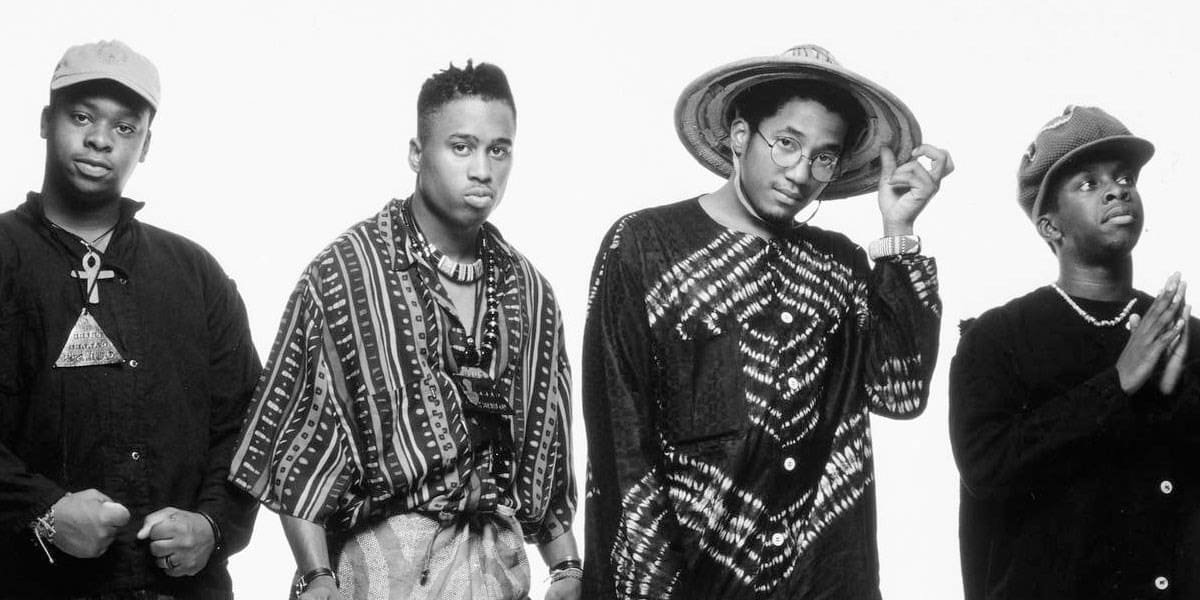
A Tribe Called Quest
While most hip-hop pulsed with social commentary or street swagger, a darker corner emerged in the 90s: horrorcore. Fueled by horror movies and macabre imagery, artists like Esham, Gravediggaz, ICP (Insane Clown Posse), and Necro crafted rhymes dripping with gore, violence, and the supernatural. Their beats became haunted soundtracks, filled with distorted samples and eerie soundscapes. Horrorcore may not have topped the charts, but it carved a niche for those who found solace in the shadows, reminding us that hip-hop could be just as terrifying as thrilling.
The UK birthed grime, a raw, aggressive style with electronic elements championed by artists like The Streets, Dizzee Rascal, and Wiley. In the 2000s, Crunk, a Southern party-centric style led by Lil Jon & the East Side Boyz, and trap, characterized by its dark, trap-influenced beats, emerged with Outkast, Gucci Mane, and T.I.
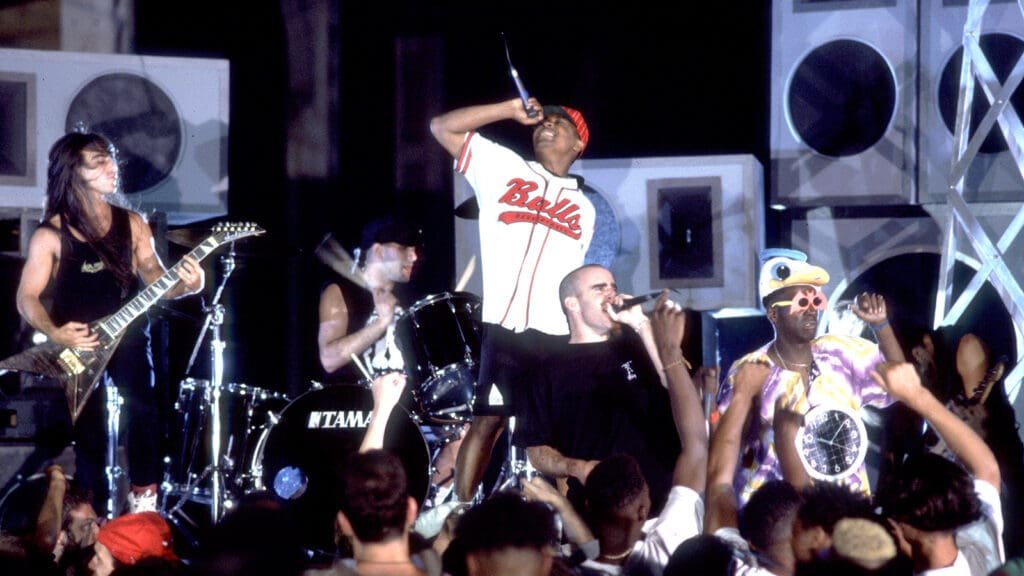
Public Enemy and Anthrax
Hip-hop’s cultural impact extended beyond music, with graffiti artists like Futura 2000 and Blek le Rat leaving their mark on city walls and fashion trends like baggy jeans and sneakers becoming mainstream. Collaboration with rock wasn’t uncommon, with artists like Run-DMC, Public Enemy (remember Anthrax?) and Beastie Boys crossing over and influencing acts like Rage Against The Machine, Linkin Park, and Limp Bizkit.
A Legacy Still Evolving:
From Nipsey Hussle’s conscious lyrics to Cardi B’s empowering anthems, hip-hop continues to evolve. Drake and Kendrick Lamar dominate the charts, while artists like Logic, Just Blaze, and J. Cole push the genre forward. Women like Lil’ Kim, Missy Elliott, and Rah Digga are asserting their influence, which paved the way for future heavy-hitters like Nicki Minaj, Cardi B, Iggy Azalea, Doja Cat, Megan Thee Stallion, and more, breaking barriers and redefining and popularizing female voices in hip-hop even further.
IV. Global Groove: Beats Cross Borders & Languages
Technology became an accomplice as hip-hop evolved. Samplers morphed into sonic alchemists, weaving dusty record snippets into fresh melodies, birthing new genres like boom bap and hip-hop soul. DJs became maestros, manipulating beats, scratching like virtuosos, and weaving sonic tapestries transcending geographical boundaries.

Zeebra
And then, the world stage beckoned. Hip-hop, the child of the Bronx, took flight, carried by infectious beats and powerful messages. Senegalese rapper Paco Pat Ghetto’s smooth soul resonated across Africa, his verses addressing social issues and celebrating Black identity. Japanese emcees like Zeebra and Cypress Hill’s B-Real shattered language barriers, spitting fire in their native tongues while connecting with listeners globally.
Southeast Asian Grooves
Philippines: Gloc 9 (gangster lokasyon) rap emerged in the 90s, addressing social issues and poverty. Francis M, Andrew E, Death Threat, Sun Valley Crew, D-Coy, and recent artists like Loonie, Ron Henley, Flow G, EZ Mil, and MoroBeats are notable figures in the country.
Japan: King Giddra and Yokohama Doggy Style pioneered Japan’s hip-hop scene, blending American influence with Japanese themes. Today, artists like Zeze and Kumiho are shaping the future.

Seo Taiji and the Boys
Korea: K-hip-hop rose in the 90s with Seo Taiji and Boys and Epik High. Today, artists like Jay Park, Zico, and BTS are global superstars, blurring the lines between hip-hop and K-pop.
Singapore: Sheikh Haikel and Maszlee were early pioneers, while newer acts like Druzzi and Yung Raja are pushing boundaries.
Malaysia: Joe Flizzow and N.A.S.I.R. are veterans, while SonaOne and Jin Hacken are rising stars.
Indonesia: Iwa K and Saykoji are early influencers, while Ramengvrl and Young Lex represent the current wave.
Taiwan: Hot Dog and MC HotDog are legends, while Soft Lipa and Doughboy lead the new school.
Vietnam: Rap Viet has become a significant platform, with artists like Wowy, Lil’Shady, and Binz gaining recognition.
From Barrios to Bollywood: Hip-Hop Takes Root

Thaitainium and Da Endorphine
Latin trap, the offspring of hip-hop and Caribbean rhythms, erupted from Colombian and Puerto Rican barrios, shaking dance floors and topping charts with infectious beats and swagger. In Southeast Asia, Thai singer Da Endorphine fused traditional luk thung melodies with trap beats, creating a unique sound that captivated listeners across the region. Vietnamese rapper Lil’Cham transformed Saigon alleyways into his lyrical canvas, his verses chronicling the city’s vibrant street life and social realities.
The influence wasn’t just confined to music. Indonesian street artist Eko Nugroho painted vibrant murals across Jakarta, reflecting social and political messages. Brazilian breakdancers known as Batalha da Favela defied gravity and poverty in Rio’s favelas, their gravity-defying moves and energetic routines becoming emblems of resilience and community. Hip-hop has become a global phenomenon.
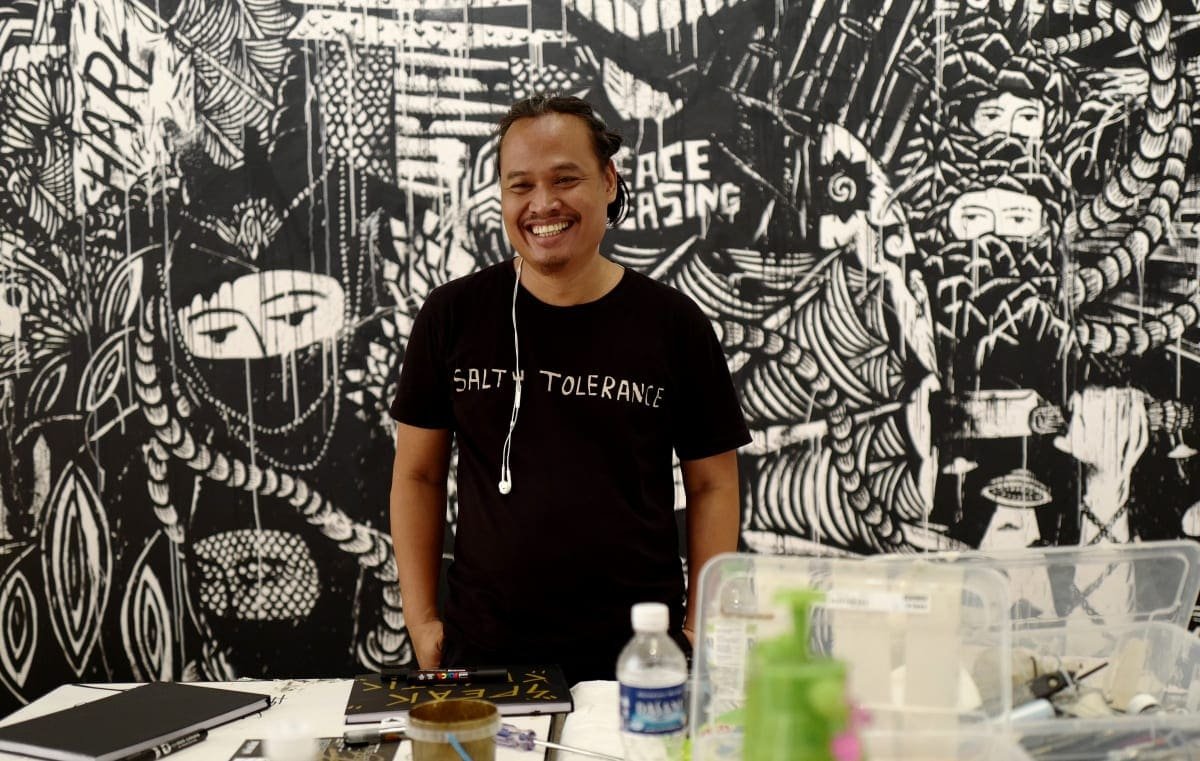
Eko Nugroho
Hip-hop was a cultural mirror, reflecting the diverse lived experiences of people across the globe. In India, Punjabi rap collective Sidhu Moose Wala fused traditional dhol beats with hip-hop rhythms, their lyrics addressing social issues and sparking cultural conversations. In Egypt, female rapper Marwa Othman challenged societal norms and gender stereotypes through her powerful verses, advocating for women’s rights and social justice.
From the soulful rhymes of Moroccan rapper Manal Benchlikha to the hard-hitting bars of Palestinian emcee Shadia Mansour, hip-hop became a platform for marginalized voices to be heard, uniting communities across continents through shared struggles and aspirations.
V. Voices of Our Time: Hip-Hop as Social Commentary
But hip-hop wasn’t just about catchy hooks and head-bopping beats. It remained a potent tool for social commentary, a megaphone amplifying the voices of the voiceless. Kendrick Lamar’s poetic verses resonated with a generation battling injustice, and his album “To Pimp a Butterfly” explores themes of systemic racism, poverty, and police brutality. J. Cole’s raw lyrics tackled social issues head-on, his songs like “KOD” and “Middle Child” sparking crucial conversations about mental health, addiction, and societal pressures.

J Cole and Kendrick Lamar
In Myanmar, hip-hop became a weapon against oppression, with artists like Aural Virus spitting rhymes against military rule and advocating for democracy. In Brazil, slam poetry and hip-hop collectives like Slam SP and Batalha do Realengo gave voice to the unheard, speaking out against poverty, corruption, and violence in the favelas.
VI. Hip-Hop’s Inky Fingerprint: Beyond Beats and Rhymes
Hip-hop isn’t just music; it’s a chameleon, constantly morphing and influencing other artistic landscapes. Its tentacles have reached far and wide, leaving indelible marks on fashion, visual arts, dance, and even language.
Fashion: Baggy jeans, oversized tees, and sneakers, once symbols of street cred, became mainstream thanks to hip-hop icons like Run-DMC and Tupac. Brands like FUBU and Phat Farm emerged, blurring the lines between street style and high fashion. Today, hip-hop continues to drive trends, with collaborations between luxury brands and streetwear giants like Supreme and Off-White pushing the boundaries of sartorial expression.
Visual Arts: Graffiti, once considered vandalism, evolved into a vibrant art form under the brushstrokes of pioneers like Futura 2000 and Blek le Rat. Galleries proudly display murals and street art, highlighting the raw energy and social commentary often embedded in these urban masterpieces. Streetwear brands continue collaborating with artists, blurring the line between canvas and clothing.
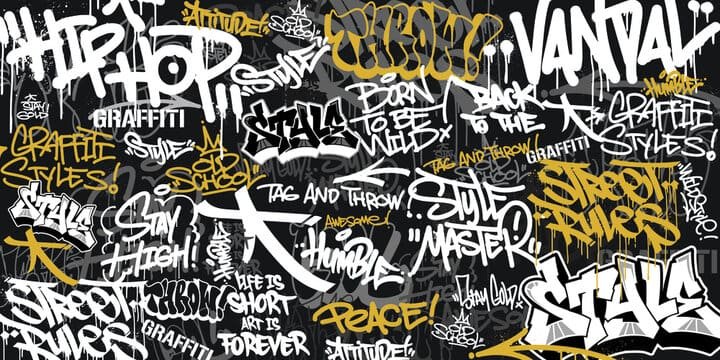
Dance: Breakdancing, the gravity-defying language of hip-hop’s body, revolutionized dance floors. Popping, locking, and krumping became cultural staples, inspiring new dance styles and challenging traditional forms. The influence extends beyond performance, with hip-hop choreography infiltrating music videos and Hollywood films.
Language: Hip-hop slang has infiltrated everyday vocabulary. Words like “bling,” “diss,” and “dope” have entered the mainstream lexicon, reflecting the genre’s power to shape cultural expression. Hip-hop’s playful wordplay and lyrical innovation influence other art forms, pushing boundaries and inspiring creative language use.
The influence doesn’t stop there. Its spirit of innovation and rebellion inspires artists across disciplines, proving that hip-hop’s impact goes far beyond the boom bap of a beat and the spitfire of a rhyme.
VII. The Beat Goes On: A Glimpse into Hip-Hop’s Future
The future of hip-hop is a kaleidoscope of possibilities, a world where technology and creativity collide. Artificial intelligence might craft beats composed by algorithms, virtual reality concerts could transport us into digital dancefloors, and we might even see holographic holograms spitting rhymes.
But one thing’s for sure: the soul of hip-hop, the spirit of innovation, the fire of rebellion, will never be extinguished. Hip-hop will continue to adapt, evolve, and reflect the changing times, providing a platform for diverse voices to be heard, stories to be told, and communities to be built.
So, crank up the volume, lace up your dancing shoes, and join the global boom bap. Explore the diverse sounds, delve into the rich history, and celebrate the artists pushing this ever-evolving genre’s boundaries. Visit Asia Live 365 to discover new music, exclusive interviews, and in-depth articles from worldwide. Let’s keep the conversation going and tell us if you love hip-hop and the culture it emanates from the past to the present.


